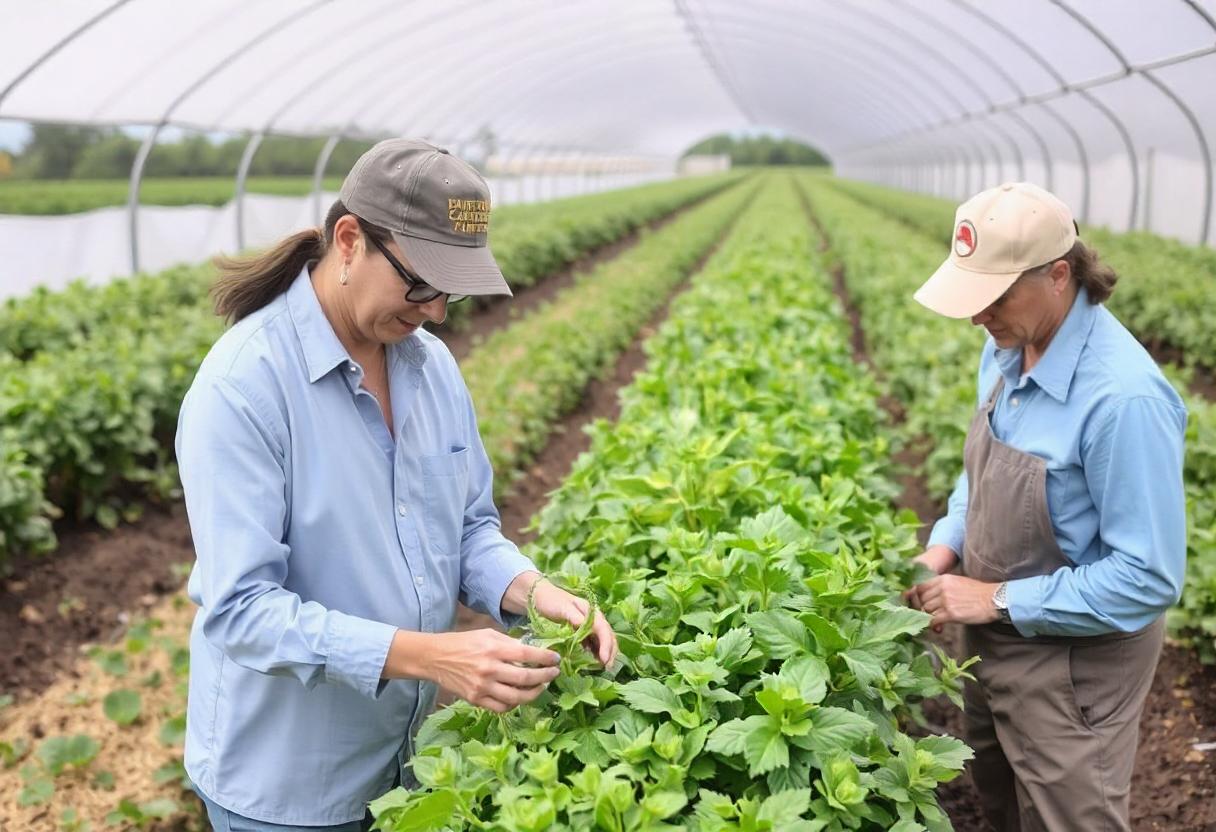
The Agriculture Clean Technology Program is an initiative designed to support the agricultural sector in adopting innovative technologies that promote environmental sustainability and reduce greenhouse gas emissions. This program aims to enhance the productivity and sustainability of agriculture by facilitating the integration of clean technologies into farming practices.
Objectives of the Agriculture Clean Technology Program
The primary objectives of the Agriculture Clean Technology Program include:
Reducing Greenhouse Gas Emissions
One of the main goals is to lower the carbon footprint of agricultural operations. This is achieved by promoting technologies that reduce emissions from various sources, such as livestock, fertilizers, and energy use.
Enhancing Energy Efficiency
The program supports technologies that improve energy efficiency on farms. This includes advancements in renewable energy sources, energy-saving equipment, and practices that lower overall energy consumption.
Improving Resource Management
The program focuses on technologies that enhance the management of critical resources such as water, soil, and nutrients. Efficient resource use helps to conserve natural resources and reduce environmental impacts.
Supporting Sustainable Practices
Encouraging the adoption of sustainable farming practices that align with environmental conservation goals. This includes promoting practices that enhance soil health, biodiversity, and ecosystem resilience.
Key Components of the Program
Funding and Grants
The program provides financial support to farmers, researchers, and agribusinesses for the development and implementation of clean technologies. This may include grants, subsidies, or low-interest loans to offset the costs associated with adopting new technologies.
Research and Development
Funding is allocated to research projects that explore new clean technologies and innovative solutions in agriculture. This includes developing and testing new methods and technologies that can be scaled and implemented across the sector.
Technology Adoption Support
The program offers resources and assistance to help farmers and agribusinesses integrate clean technologies into their operations. This may involve technical support, training, and guidance on best practices for technology implementation.
Collaboration and Partnerships
The program fosters collaboration between government agencies, research institutions, industry stakeholders, and farmers. These partnerships are essential for sharing knowledge, advancing technology development, and addressing common challenges.
Examples of Supported Technologies
Renewable Energy Systems
- Solar Panels: Used to generate electricity on farms, reducing reliance on non-renewable energy sources and cutting energy costs.
- Biogas Systems: Convert organic waste from livestock and crop residues into renewable energy, providing an alternative to fossil fuels.
Precision Agriculture Tools
- Sensors and Drones: Monitor crop health, soil conditions, and resource use, allowing for more precise application of inputs and reducing waste.
- Automated Irrigation Systems: Use weather data and soil moisture levels to optimize water usage, minimizing water waste and improving crop yields.
Advanced Manure Management
- Manure Digesters: Process animal waste to produce biogas and nutrient-rich compost, reducing methane emissions and improving waste management.
- Nutrient Recovery Technologies: Extract valuable nutrients from manure for reuse as fertilizers, enhancing nutrient use efficiency and reducing environmental impact.
Application Process
Farmers and agribusinesses interested in participating in the Agriculture Clean Technology Program typically need to follow these steps:
Identify Opportunities
Review program guidelines and funding opportunities to determine eligibility and identify suitable clean technologies for your operation.
Prepare an Application
Submit a detailed application outlining the proposed technology, its expected benefits, and how it aligns with the program’s objectives. Include any required documentation, such as project plans, budgets, and technical specifications.
Review and Approval
Applications are reviewed by program administrators or technical experts who assess the feasibility and potential impact of the proposed technology. Successful applicants receive funding or support based on their project’s merits.
Implementation and Reporting
Once approved, implement the technology according to the project plan. Provide regular progress reports and data on the outcomes and impacts of the technology to the program administrators.
Challenges and Considerations
While the Agriculture Clean Technology Program offers significant benefits, there are also challenges to consider:
- Initial Costs: High upfront costs of clean technologies can be a barrier for some farmers. The program’s financial support helps mitigate this challenge, but additional funding or financing may be needed.
- Technology Adoption: Adopting new technologies requires training and adaptation, which can be resource-intensive.
- Measurement and Verification: Demonstrating the actual environmental benefits and efficiency improvements of adopted technologies can be complex and requires accurate monitoring.
Conclusion
The Agriculture Clean Technology Program plays a crucial role in advancing the agricultural sector’s environmental sustainability and efficiency. By supporting the adoption of innovative clean technologies, the program helps farmers reduce their greenhouse gas emissions, improve resource management, and enhance overall sustainability. Through financial support, research, and collaboration, the program contributes to a more sustainable and resilient agricultural industry.